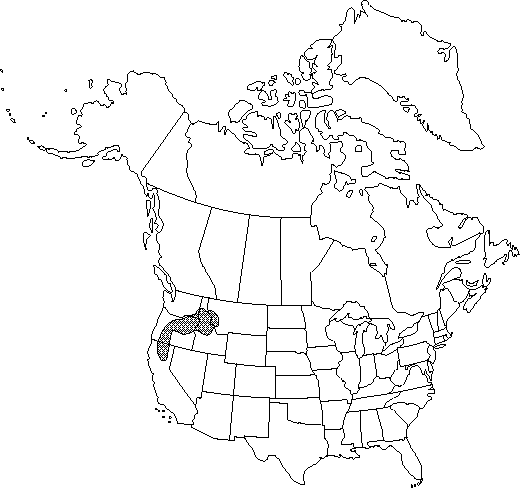familyRanunculaceae
genusRanunculus
subgenusRanunculus subg. Ranunculus
sectionRanunculus sect. Flammula
speciesRanunculus populago
Difference between revisions of "Ranunculus populago"
Erythea 3: 19. 1895.
Endemic
Treatment appears in FNA Volume 3.
FNA>Volume Importer |
imported>Volume Importer |
||
| Line 49: | Line 49: | ||
|publication year=1895 | |publication year=1895 | ||
|special status=Endemic | |special status=Endemic | ||
| − | |source xml=https:// | + | |source xml=https://bibilujan@bitbucket.org/aafc-mbb/fna-data-curation.git/src/bb6b7e3a7de7d3b7888a1ad48c7fd8f5c722d8d6/coarse_grained_fna_xml/V3/V3_357.xml |
|genus=Ranunculus | |genus=Ranunculus | ||
|subgenus=Ranunculus subg. Ranunculus | |subgenus=Ranunculus subg. Ranunculus | ||
Revision as of 00:01, 28 May 2020
Stems erect or ascending, never rooting nodally, glabrous. Roots thickened basally, glabrous. Leaves: basal leaf blades with base obtuse to cordate; proximal cauline leaf blades semicircular to cordate or ovate, 1.2-5.1 × 1.5-2.9 cm, base cordate to broadly obtuse, margins entire or crenulate, apex broadly acute to rounded. Inflorescences: bracts narrowly elliptic to ovate or lanceolate. Flowers: receptacle glabrous or hispidulous; sepals 4-5, spreading or reflexed from base, 3-5 × 2-4 mm, glabrous; petals 5-6, 4-9 × 2-5 mm; nectary scales glabrous. Heads of achenes hemispheric, 3 × 4-5 mm; achenes 1.6-1.8 × 1.2 mm, glabrous; beak lance-subulate, straight, 0.2-1 mm.
Phenology: Flowering spring–summer (Apr–Aug).
Habitat: Wet ground and shallow water, in wet meadows, bogs, streams, lakes
Elevation: 1300-2000 m
Distribution

Calif., Idaho, Mont., Oreg., Wash.
Discussion
Selected References
None.
Lower Taxa
None.